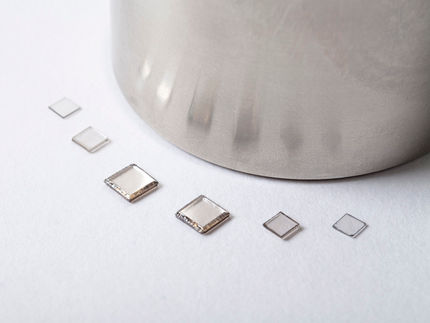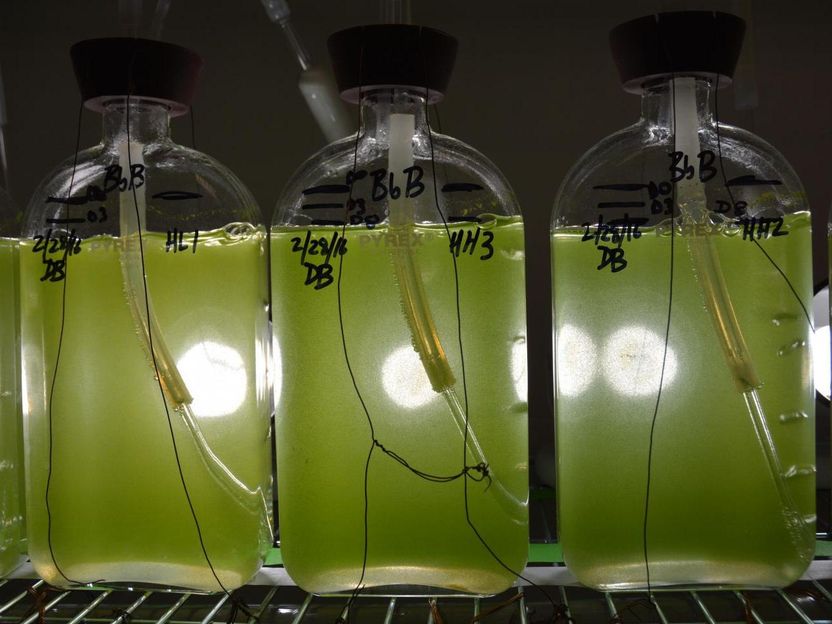Taking the stress out of magnetic field detection
Researchers at the National Institute of Standards and Technology (NIST) have discovered that a carefully built magnetic sandwich that interleaves layers of a magnetic alloy with a few nanometers of silver “spacer” has dramatically enhanced sensitivity — a 400-fold improvement in some cases. This material could lead to greatly improved magnetic sensors for a wide range of applications from weapons detection and non-destructive testing to medical devices and high-performance data storage.
Those applications and many others are based on thin films of magnetic materials in which the direction of magnetization can be switched from one orientation to another. An important characteristic of a magnetic film is its saturation field, the magnitude of the applied magnetic field that completely magnetizes the film in the same direction as the applied field — the smaller the saturation field, the more sensitive the device.
The saturation field is often determined by the amount of stress in the film — atoms under stress due to the pull of bonds with neighboring atoms are more resistant to changing their magnetic orientation. Metallic films develop not as a single monolithic crystal, like diamonds, but rather as a random mosaic of microscopic crystals called grains. Atoms on the boundaries between two different grains tend to be more stressed, so films with a lot of fine grains tend to have more internal stress than coarser grained films. Film stress also increases as the film is made thicker, which is unfortunate because thick films are often required for high magnetization applications.
The NIST research team discovered that magnetic film stress could be lowered dramatically by periodically adding a layer of a metal, having a different crystal structure or lattice spacing, in between the magnetic layers. Although the mechanism isn’t completely understood, according to lead author William Egelhoff Jr., the intervening layers disrupt the magnetic film growth and induce the creation of new grains that grow to be larger than they do in the monolithic films. The researchers prepared multilayer films with layers of a nickel-iron-copper-molybdenum magnetic alloy each 100 nanometers (nm) thick, interleaved with 5-nm layers of silver. The structure reduced the tensile stress (over a monolithic film of equivalent thickness) by a factor of 200 and lowered the saturation field by a factor of 400.
Original publication: W.F. Egelhoff, Jr., J. Bonevich, P. Pong, C.R. Beauchamp, G.R. Stafford, J. Unguris, and R.D. McMichael; "400-fold reduction in saturation field by interlayering."; J. Appl. Phys .2009, 105.
Most read news
Topics
Organizations

Get the analytics and lab tech industry in your inbox
By submitting this form you agree that LUMITOS AG will send you the newsletter(s) selected above by email. Your data will not be passed on to third parties. Your data will be stored and processed in accordance with our data protection regulations. LUMITOS may contact you by email for the purpose of advertising or market and opinion surveys. You can revoke your consent at any time without giving reasons to LUMITOS AG, Ernst-Augustin-Str. 2, 12489 Berlin, Germany or by e-mail at revoke@lumitos.com with effect for the future. In addition, each email contains a link to unsubscribe from the corresponding newsletter.



























































